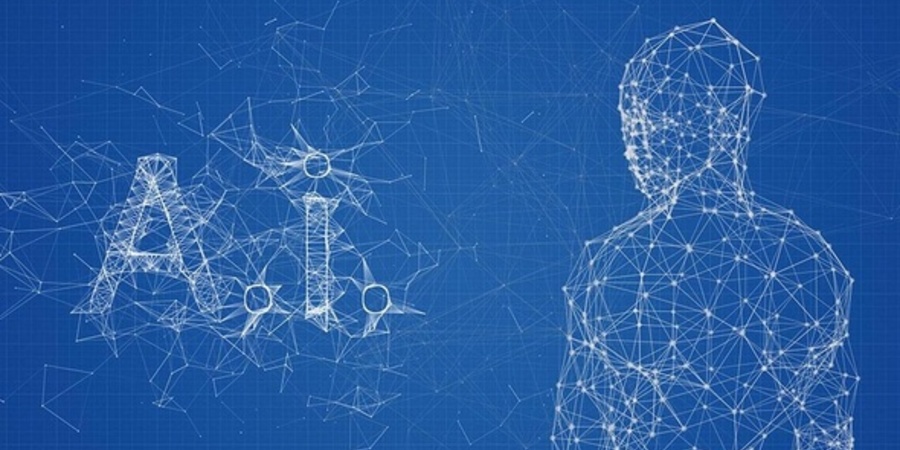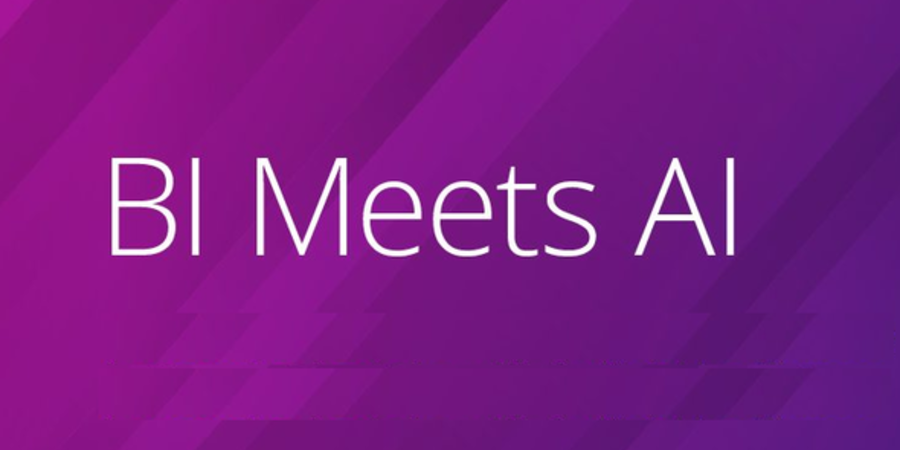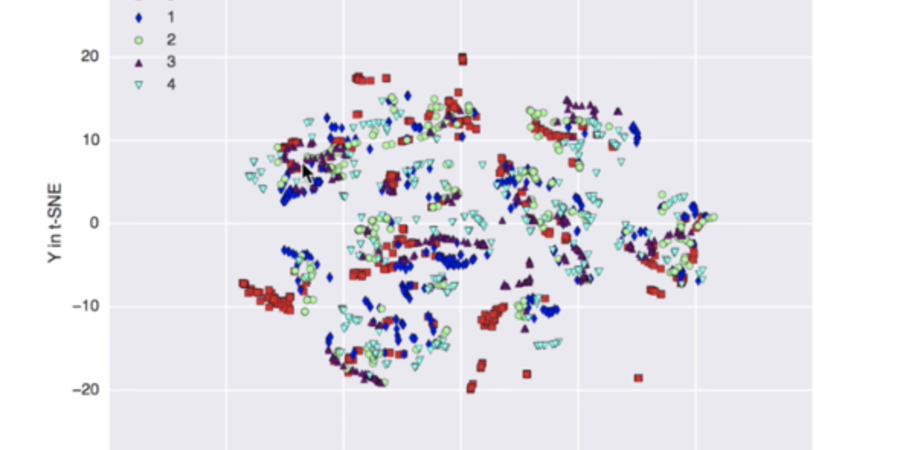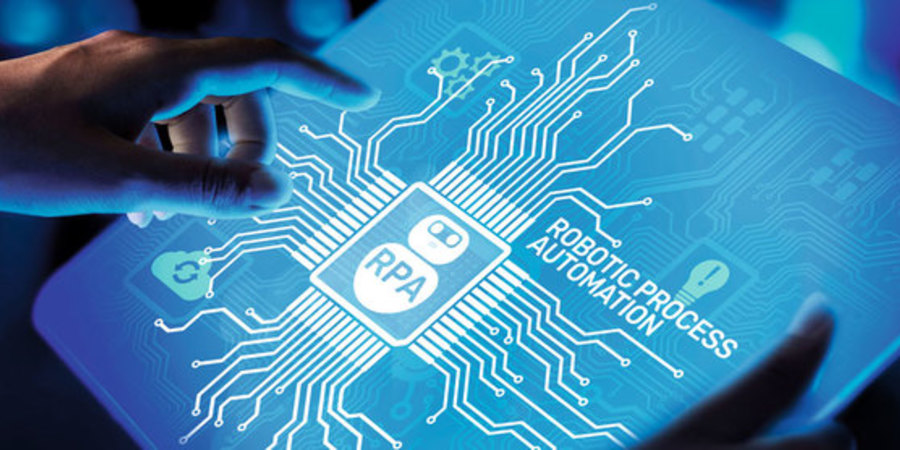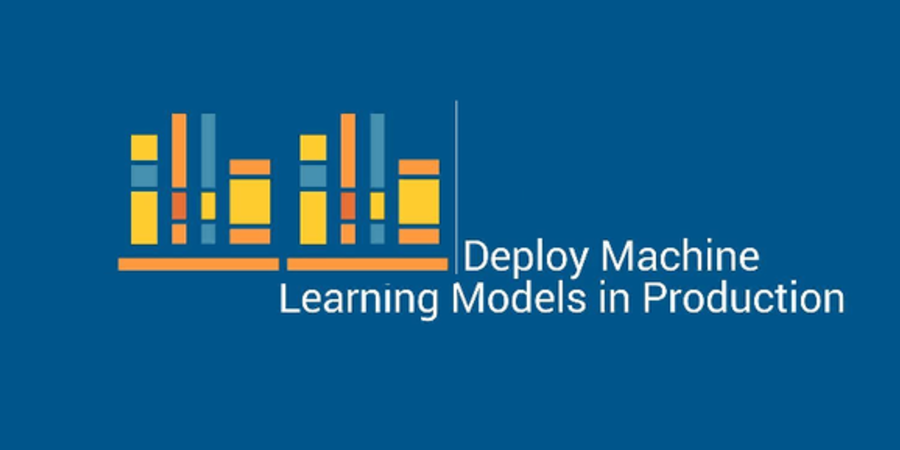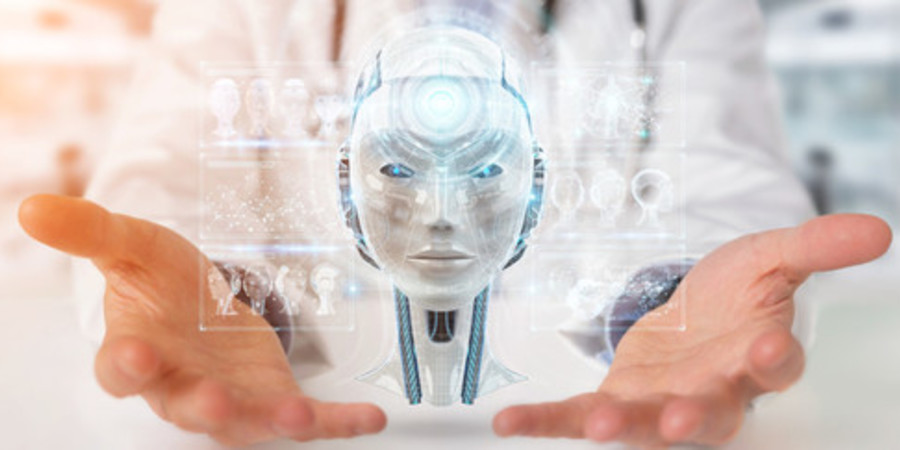Despite the variety of applications of AI in the clinical studies and healthcare services, they fall into two major categories: analysis of structured data, including images, genes and biomarkers, and analysis of unstructured data, such as notes, medical journals or patients’ surveys to complement the structured data. The former approach is fueled by Machine Learning and Deep Learning Algorithms, while the latter rest on the specialized Natural Language Processing practices. At present, advances in AI and NLP, and especially the development of Deep Learning algorithms have turned the healthcare industry to using AI methods in multiple spheres.

